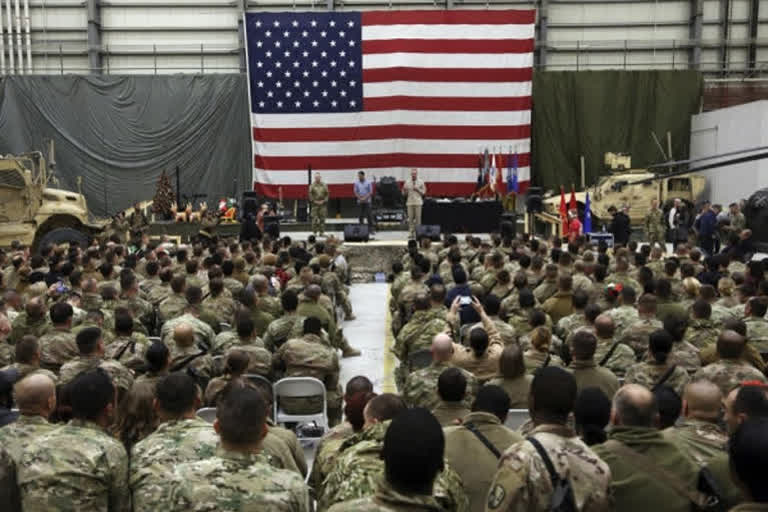New Delhi: In the past 20 years post 9/11, according to very conservative estimates, the US wars against terror in various theatres across the world including Afghanistan, Pakistan, Syria, Iraq and Africa may have cost the US exchequer a whopping $8 trillion in current dollars, a new study by Brown University, released on Wednesday, has concluded.
The US spend would be about Rs 5,84,00,000 crore or about three times of India’s current GDP.
This is a much higher figure than what US President Joe Biden had in mind on August 16, 2021 as the US began a hasty and chaotic exit from Afghanistan. He had said: “We spent over a trillion dollars.” Obviously, the good President may have had in mind just what the US Department of Defense (DOD) had spent on the Afghanistan war, leaving out other major costs, including the huge costs of caring for the post-9/11 war veterans.
Read:How NGOs, foreign donors, talc mines funded ISIS (K)
Since 2010, the Brown University’s Watson Institute for International and Public Affairs has led an effort called ‘Costs of War Project’ to estimate the costs incurred in the counter terror wars post 9/11 involving over 50 scholars, legal experts, human rights practitioners, and physicians.
Besides fostering democratic discussion of these wars and aiding public policy formulation, ‘Costs of War Project’ aims to illustrate “the wars’ costs in human lives among all categories of persons affected by them, both in the US and in the warzones”.
“This includes the estimated direct and indirect costs of spending in the United States post-9/11 war zones, homeland security efforts for counterterrorism, and interest payments on war borrowing,” the report said.
The amount includes the costs for medical care and disability payments, for veterans of the post 9/11 wars, which is Iikely to exceed $2.2 trillion in federal spending besides including future obligations.
Read: ISIS (K) gets its explosives from Pak’s Quetta, Peshawar
The study said: “While the Iraq war was the most intense through most of the last 20 years (with spending peaking in 2008), the spending for Afghanistan, where spending peaked in 2011, has surpassed Iraq War spending. The DOD and State Department total appropriated for Afghanistan and Pakistan through FY2021 was about $1 trillion.”
“In its May 2021 budget request, the Biden administration has requested $8.9 billon for FY2022. The total spent for Iraq and Syria through FY2021 is $886 billion with $5.4 billion requested by the Biden administration for FY2022.”
